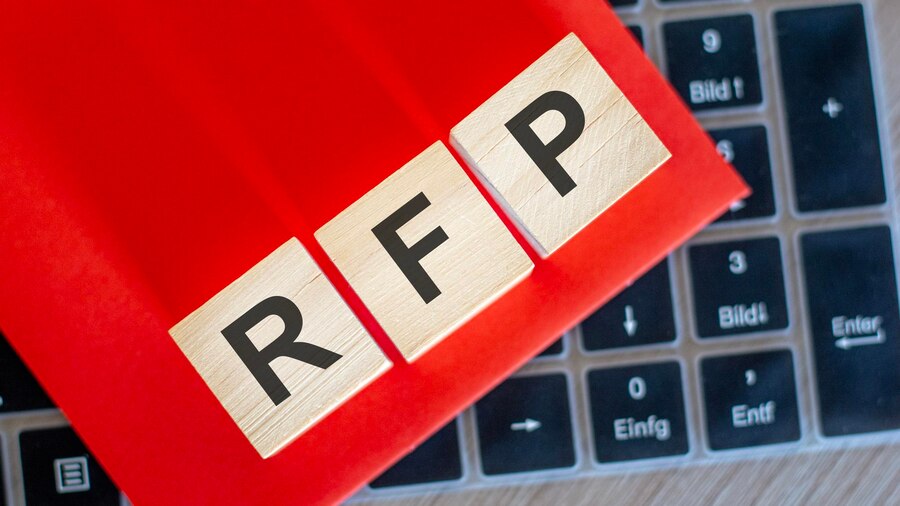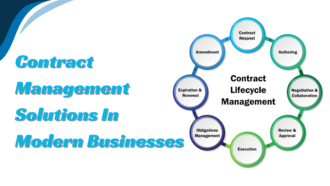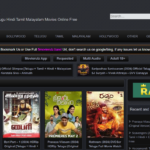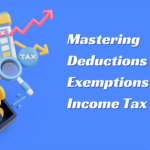What Is An RFP Response
Whether you’re a business owner looking to acquire new contracts or a project manager aiming to secure additional funding, understanding the intricacies of a request for proposal (RFP) response is fundamental. This article will discuss the RFP response, its importance, and how to craft one effectively. Keep reading to discover more.
Understanding the Concept of RFP Response
An RFP response is a comprehensive document created by vendors. It provides intricate details about how the vendor will address and solve a prospective client’s problems.
It’s a method suppliers use to pitch their solutions or services after thoroughly analyzing the issued RFP. They must provide a clear solution and showcase their capabilities, qualifications, and experience in handling similar projects or tasks. The objective of an RFP response is to persuade the issuer that they are the most suitable candidate for the job.
The complexity of an RFP response may vary depending on the request’s nature. It can be a simple, few-tiered document detailing a solution, or it may require extensive attachments, including technical drawings or project timelines.
Succinctly, an RFP response requires meticulous preparation and should demonstrate your business’s value proposition, unique selling point, and potential return on investment to the procuring entity.
Key Elements in an Effective RFP Response
An effective RFP response involves several vital components that resonate with the client’s needs and objectives. Firstly, the executive summary should briefly highlight your proposed solution, the benefits, and why you should be considered.
It should also include a detailed company profile providing information about your organization, its history, achievements, areas of speciality, and physical locations. This profile is essentially the business face you present to the client, so it needs to be convincingly strong.
Another critical element is the proposed solution section, where you discuss in detail how you plan to resolve the client’s problem. This part addresses specifications, work plan, technical aspects, project management, and more.
Steps to Craft a Compelling RFP Response
Crafting a compelling RFP response entails thoroughly reviewing the RFP document, understanding the purchaser’s needs, and drafting a response that aligns with their requirements. It should start with a captivating executive summary to grab the reader’s attention.
The next step is to delineate your understanding of the problem, your proposed solution with a detailed work plan, and the anticipated results. This part of the response should demonstrate thorough preparation, attention to detail, and a comprehensive understanding of the RFP scope.
Then, compile a detailed company profile, followed by team information, qualifications, and experience snippets. Lastly, provide a transparent, detailed pricing methodology so the purchaser understands the value they will get for their investment.
Remember to adhere to the RFP guidelines and provide all the required information. A well-crafted, compliant, and comprehensive RFP response could secure your business’s next lucrative opportunity.
Common Mistakes To Avoid When Writing an RFP Response
There are common pitfalls that organizations must endeavour to avoid when preparing an RFP response. Firstly, failing to understand and adhere to the RFP guidelines and requirements can result in disqualification. Always take time to read and understand the RFP before starting the response process.
Secondly, many vendors make the mistake of not asking clarifying questions where needed. Most RFP issuers welcome inquiries because they prefer accurate responses to assumptions that might misrepresent your capabilities.
Furthermore, avoid including unrequested material or information. Extra information may seem like a show of thoroughness, but it can distract the reviewer, dilute your message, and make it seem that you do not fully understand the request.
Lastly, submitting an improperly formatted, poorly organized, and unprofessional RFP response often leaves a negative impression on the issuer. Always strive for a neat, organized, and professional presentation.
Understanding the meaning, structure, and importance of an RFP response can significantly improve your chances of winning contracts. Consider the strategies highlighted above to ensure your RFP responses are compelling and avoid common mistakes that can negatively affect outcomes.

















